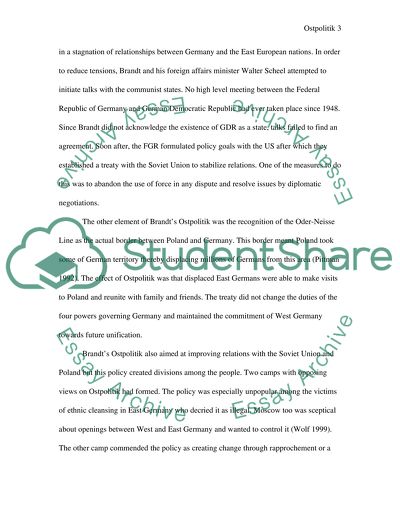Cite this document
(“Ostpolitik And Its Influence Between The US And USSR Essay”, n.d.)
Ostpolitik And Its Influence Between The US And USSR Essay. Retrieved from https://studentshare.org/politics/1506865-international-negotiation-essay
Ostpolitik And Its Influence Between The US And USSR Essay. Retrieved from https://studentshare.org/politics/1506865-international-negotiation-essay
(Ostpolitik And Its Influence Between The US And USSR Essay)
Ostpolitik And Its Influence Between The US And USSR Essay. https://studentshare.org/politics/1506865-international-negotiation-essay.
Ostpolitik And Its Influence Between The US And USSR Essay. https://studentshare.org/politics/1506865-international-negotiation-essay.
“Ostpolitik And Its Influence Between The US And USSR Essay”, n.d. https://studentshare.org/politics/1506865-international-negotiation-essay.


